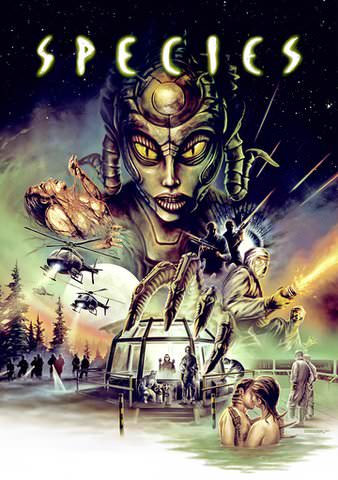It is interesting to read about people’s personal “experiences” with the chupacabra. Chapter seven of “Tracking the Chupacabra” it mostly talks about how a woman named Madelyne Tolentino had the best chupacabra sighting. As you read on it gets a little difficult to believe the things she claims to have seen. Throughout the chapter, Tolentino talks about her experience with a real-life chupacabra. There are some details that she explained that didn’t quite add up to where she spotted the chupacabra. For example, “She states that the creature “runs,” but later says it “hopped,” and finally concludes that it was neither running nor happening but instead “floated” (124). If she was telling the truth about her sighting, the information should have stayed the same. It’s hard to believe someone when they change their statements.
It’s hard to think of an “animal” when we don’t know if it is real or not. There may be pictures of the creature, it is hard to know if it is the feared creature. Addressing the issue, Radford claims, “Whether a real animal, a cultural meme or legend, or some combination of them, the goatsucker must have an origin, some root or thread that we can follow, leading us to a satisfying starting point” (119). This being must have come from somewhere. If we ever find enough evidence of the creature’s existence we may be able to find its origin.
Anyone can say they have seen the chupacabra. Some people may have even seen a movie or read a story that led them to believe they have seen the chupacabra. Radford acknowledges, “The Sil alien and the creature that Tolentino described are remarkably similar. Both have large, red or black wraparound eyes; both have an elongated head; both have a tiny or nonexistent nose, both have long, thin arms; both have long, thin legs; both are missing ears; both have a small, almost nonexistent mouth, and so on” (130).

